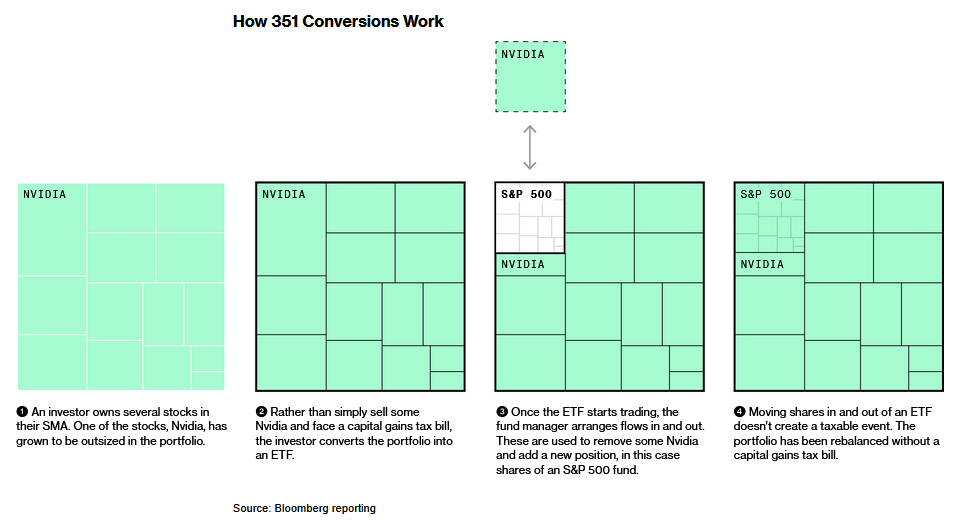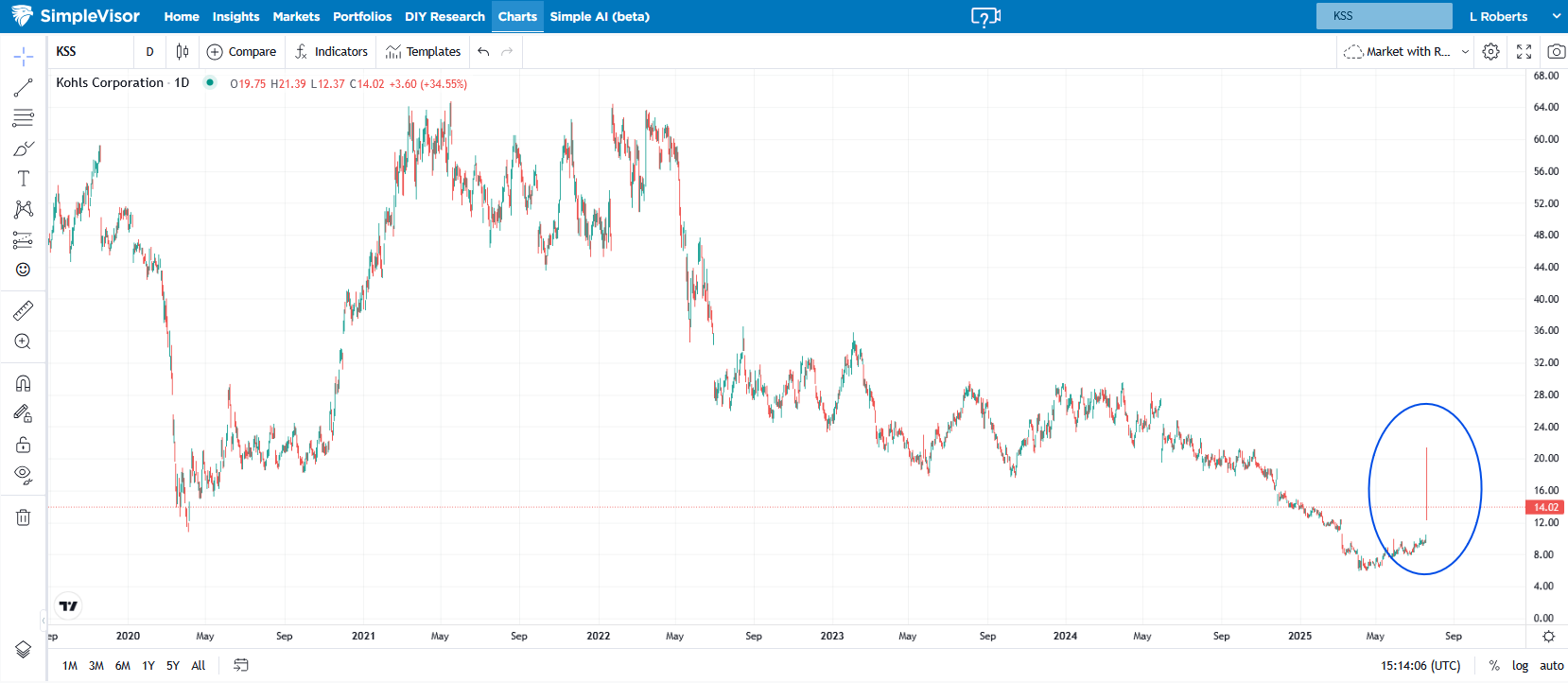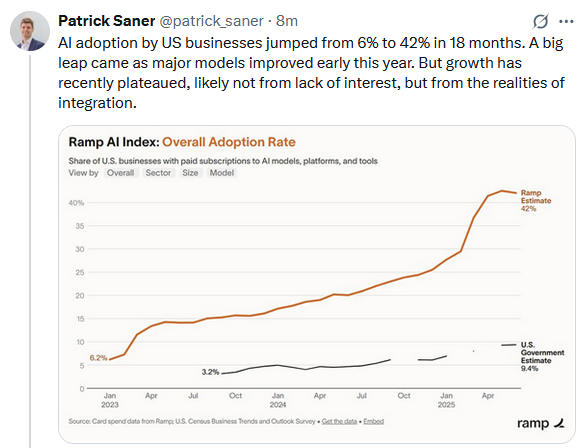Xia Yu, director at Summit Therapeutics, buys $9.9 million in shares
Imagine the dilemma of holding a large number of shares of Nvidia (NASDAQ:NVDA) with a massive unrealized profit. While, on the one hand, you have produced incredible returns, you also have an enormous tax bill once you sell.
It appears that very wealthy individuals and some institutions are using a 100-year-old tax code to avoid paying taxes on spectacular unrealized gains. 351 ETFs are unique in that they start with assets, rather than a small amount of cash to seed the portfolio. In this case, the 351 ETFs assets are those with large stock price appreciations, thus significant unrealized tax gains.
The number 351 comes from section 351 of the US tax code. The rule, which became effective in 1924, allowed for the non-recognition of gains or losses on property when said property is transferred to a corporation in exchange for stock and the transferor maintains at least 80% of the stock.
The code has been modified since then, but the wrinkle in the case of 351 ETFs is that anyone can transfer stock into an ETF and avoid capital gains. Therefore, an investor, once they transfer assets into the 351 ETF, can sell those assets, swap them for new assets, and realize significant gains without paying taxes.
The drawback is that the majority shareholder must pay to set up and run the 351 ETF, as well as manage the ETF from a fiduciary perspective.
The following graphic is from a Bloomberg article on 351 ETF conversions.

Kohl’s: The Latest Meme Stock
Shares of retailer Kohl’s (NYSE:KSS) doubled on the open yesterday. It appears to be the latest so-called meme stock being pushed higher by social media mentions. The graph below shows that KSS closed at $10.50 on Monday night and reopened Tuesday morning at $21.50.
One of the themes that has emerged over the past few months in this leg of the rally is the rise of speculative stocks and activities. A handful of stocks with ties to AI or crypto are on moonshots. 0dte options are all the rage once again. And, meme stocks like KSS are becoming extremely volatile despite a lack of news to warrant such price action.
It’s worth noting that short interest in KSS was nearly 50%. Thus, if meme traders could get the stock to move higher, they could force significant buying from short participants. That appears to be the catalyst for Tuesday’s surge.
Tweet of the Day

